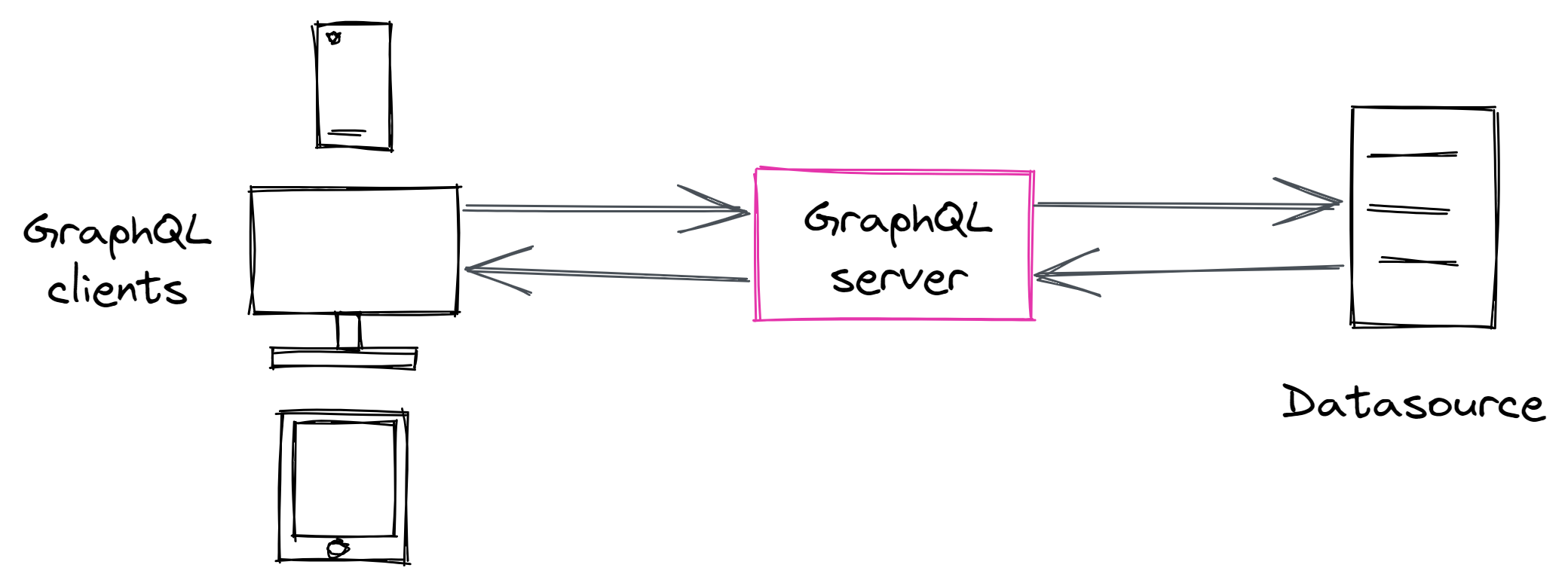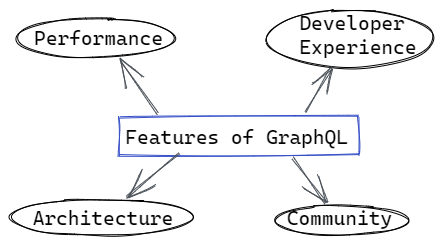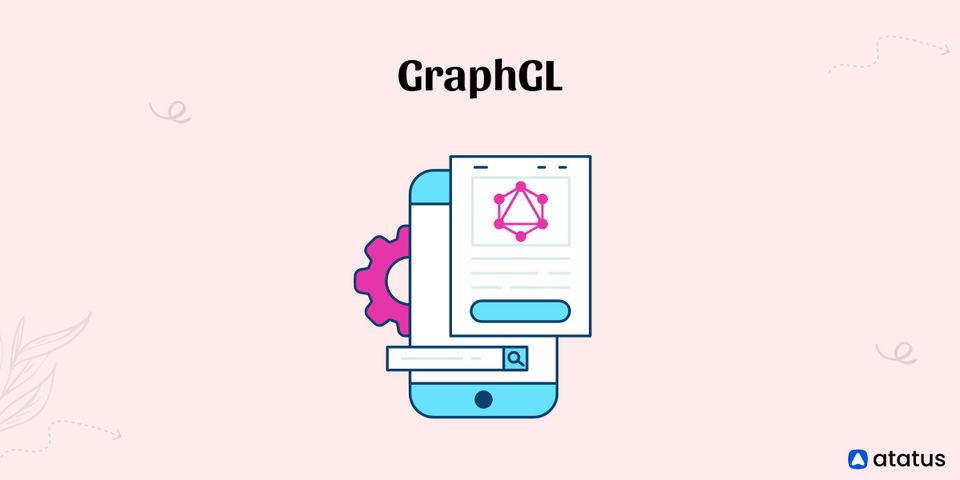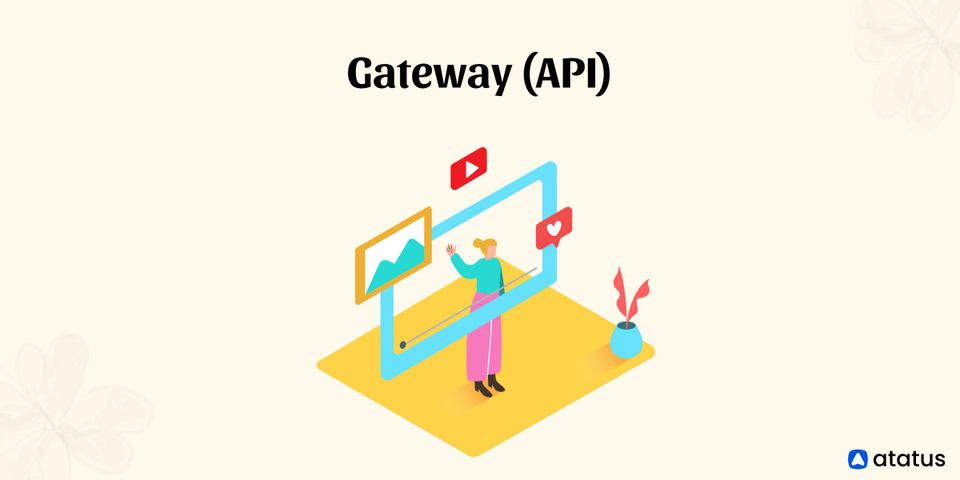Facebook created GraphQL in 2012 as a result of the requirement for "a data-fetching API powerful enough to describe all of Facebook, yet simple enough to be easy to learn and use by product engineers" when creating mobile applications.
By providing developers with a flexible, rich framework for collecting data that is more effective and less sprawling than REST APIs, GraphQL has proven to be very beneficial for building modern mobile and web applications. The true trick is that even if data comes from various sources, GraphQL makes sure that the developer and application only load the relevant and necessary information.
We will go over the following:
- What is GraphQL?
- How Does GraphQL Work?
- Features of GraphQL
- Benefits of GraphQL
- When to Use GraphQL?
- GraphQL vs REST
What is GraphQL?
A query and manipulation language for APIs is called GraphQL. A versatile and simple syntax is offered by GraphQL for describing data requirements and interactions. It makes it possible for developers to make precise requests and receive predictable responses.
Additionally, it allows you to access multiple sources with a single request, lowering the need for bandwidth and network calls and conserving battery life and CPU time used by applications.
With mutations, updating data is made simple and developers can specify how the data should change. Through subscriptions, GraphQL also enables the simple setup of real-time solutions. GraphQL is crucial for managing application data because of all of these features combined with strong developer tools.
In short, GraphQL is a query language for APIs and a server-side runtime for processing those questions. It enables you to retrieve only the data from the server that your application is asking for.
As GraphQL gives control over the data and not the server, your application can send a GraphQL query to your server API endpoint and always be sure to receive a predictable data response.

How Does GraphQL Work?
You can use a GraphQL Schema Definition Language (SDL) to define your own strongly typed schema with GraphQL.
You can think of this as a contract between the server and client, where the client only receives what the server exposes according to the schema that you establish. A schema enables the early identification and rectification of problems during the development phases.
The use of schemas will expedite communication between the server and client, preventing delays and any miscommunication problems.
The most crucial component of a GraphQL schema is the Object type. It displays the categories of objects you can retrieve from your service and their associated fields.
In the GraphQL schema language, a GraphQL object type may look like the following:
type Comment {
id: String
content: String
}Clients retrieve data using GraphQL queries, which are the equivalent of the CRUD pattern's "read" activity. Clients can only bring data for queries; they cannot change it. Mutation types must be utilized to modify data, i.e., to conduct create, update, and delete actions.
GraphQL provides subscriptions in addition to queries and mutations, which can help you add real-time functionality to your applications by allowing you to receive notifications and data changes typically over a web socket.
A resolver, a group of functions that produces responses for a graphQL query, deals with the query, mutation, and subscription commands. A resolver is comparable to a GraphQL query handler.
type Subscription {
commentAdded(repoFullName: String!): Comment
}
schema {
query: Query
mutation: Mutation
subscription: Subscription
}Features of GraphQL
The main features of GraphQL that are shown below will be extremely helpful when using it.

- Architecture
Using GraphQL has facilitated the simplification of API design at various phases because the GraphQL schema enables independent API creation by developers. Additionally, it provides a solitary, central data access point that makes use of the API design. - Community
Excellent community support and tools are provided by GraphQL. In conclusion, there are a variety of natural community-built tools available to assist creators. - Developer Experience
Since GraphQL data is declarative and graphical, creating APIs and guaranteeing high-end API security are not difficult tasks for developers to complete. Such information is straightforward. Because it is tightly typed, developers are free to create reliable, bug-free APIs. As a result, strong security procedures are put in place right once. - Performance
GraphQL exists to protect developers from REST-related occurrences like over- and under-fetching, which are rather common. It is not necessary to request more or less information than is necessary. Everything required is just delivered.
Benefits of GraphQL
By making data management simpler, GraphQL can be used to construct contemporary online and mobile applications more quickly. With the ability to query and retrieve numerous pieces of data from various sources in a single network request, developers can guarantee quick response times even on slow connections.
- Appropriate for Creating Reliable APIs
Data in GraphQL is graphical and declarative. It doesn't require a lot of work for developers to comprehend, and they can produce reliable APIs. - Exceptional Security
The flaws that are introduced throughout the development process are one of the major API safety concerns. In the later stage, they are challenging to catch and handle. Utilizing GraphQL to build stable APIs strengthens security from the start and makes APIs safer. - Faster Development
With GraphQL, you can significantly cut down on the number of endpoints needed to manage your application's data requirements. With a single request, you can retrieve or alter data from numerous resources. Without needing to be familiar with the backend, GraphQL also enables developers to learn about the data available, queries supported, and data types. - Increase Adaptability
With GraphQL, you can modify your data's structure and data types without affecting current queries or backend schemas. An existing API can simply have new fields and types added to it without requiring you to change the frontend code or create new versions of your API. You can utilize GraphQL in a variety of situations because it is not dependent on any one database engine, platform, or codebase. - Less Vulnerability and More Consistency
Client-server misunderstanding is less likely to occur with APIs that are well-designed and stable. As a result, more precise APIs are created that are robust enough to withstand API security issues. - Simplified Data Management
You can use GraphQL to only request and get the data you need at the right time. There is no over- or under-fetching of data, which improves the performance of your application as a whole. By using Subscriptions, GraphQL enables you to designate which parts of your data should be accessible in real time, removing the need to create intricate distributed systems.
When to Use GraphQL?
Many companies' APIs are powered by GraphQL, a query language for APIs that frees users from having to submit queries through an API at a specific time. Because it eliminates the need to make API requests at specific times and organizes your code, GraphQL has grown in popularity.
Some major corporations, including Facebook, GitHub, and Netflix, also use it. Let's examine a few of the factors that have contributed to GraphQL's current popularity.
For APIs that demand many queries or for those that want to create their server, GraphQL is a fantastic solution. Lightweight, quick, and effective describe GraphQL. Using it is also simpler than using REST.
You should take into account a few variables while evaluating whether or not GraphQL is the best choice for your API. GraphQL can be the best choice if performance is crucial, and you frequently receive requests per minute.
To determine whether GraphQL will significantly reduce complexity and boost efficiency, you should also assess your current design. If you already have an API that requires additional features but has not undergone any internal modifications, that is another thing to take into account when considering whether or not to adopt GraphQL.
If this is the case, you may not need to go through the hassle of developing a new backend service when you could just add new functionality on top of your current API to meet user needs without interfering with existing services.
GraphQL vs REST
When using a normal REST API, you typically hit a specific endpoint or resource that decides a full block of data that is returned in the form of a JSON response that needs to be processed and dispersed. This is very different from how GraphQL works.
By allowing you to request a specific piece of data rather than the entire block, GraphQL tries to improve on the REST philosophy. It is built around schema, queries, and resolvers.
No need to sort through a large stream of data because you only receive the information you request. Additionally, the information you request might be assembled via several REST APIs.
Remembering that GraphQL and REST are two distinct concepts—GraphQL is a language and a technology, whereas REST is an architecture pattern—we can say that even as teams embrace GraphQL more frequently, REST is still very much alive and well.
GraphQL might not be of any value to you at all if you haven't encountered any problems with REST. This is a problem that frequently occurs with projects that have a complicated UI/UX and typically require several endpoints, and GraphQL has proved helpful for teams who have been constrained by standard REST APIs.
Conclusion
The building of APIs is made simple with GraphQL, without sacrificing security in the slightest. This modern API method is quicker, results-driven, and readily addresses initial security concerns as compared to REST.
Utilizing GraphQL is a fascinating technology. Making the majority of it, however, requires that the fundamentals be understood. Make sure to give GraphQL a shot and discover new ways to make API development and security simpler.
Explore:
Atatus API Monitoring and Observability
Atatus provides Powerful API Observability to help you debug and prevent API issues. It monitors the user experience and is notified when abnormalities or issues arise. You can deeply understand who is using your APIs, how they are used, and the payloads they are sending.

Atatus's user-centric API observability monitors the functionality, availability, and performance of your internal, external, and third-party APIs to see how your actual users interact with the API in your application. It also validates rest APIs and keeps track of metrics like latency, response time, and other performance indicators to ensure your application runs smoothly. Customers can easily get metrics on their quota usage, SLAs, and more.



